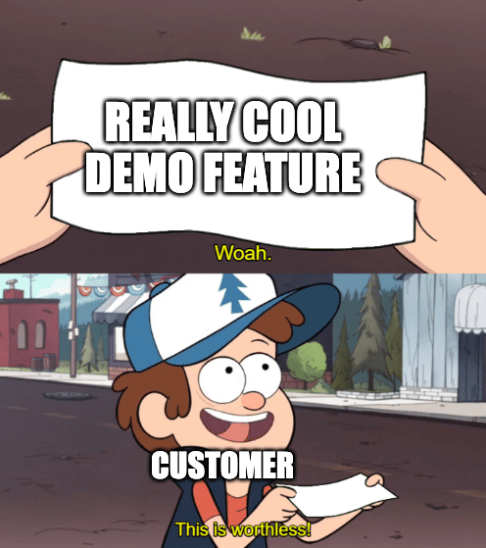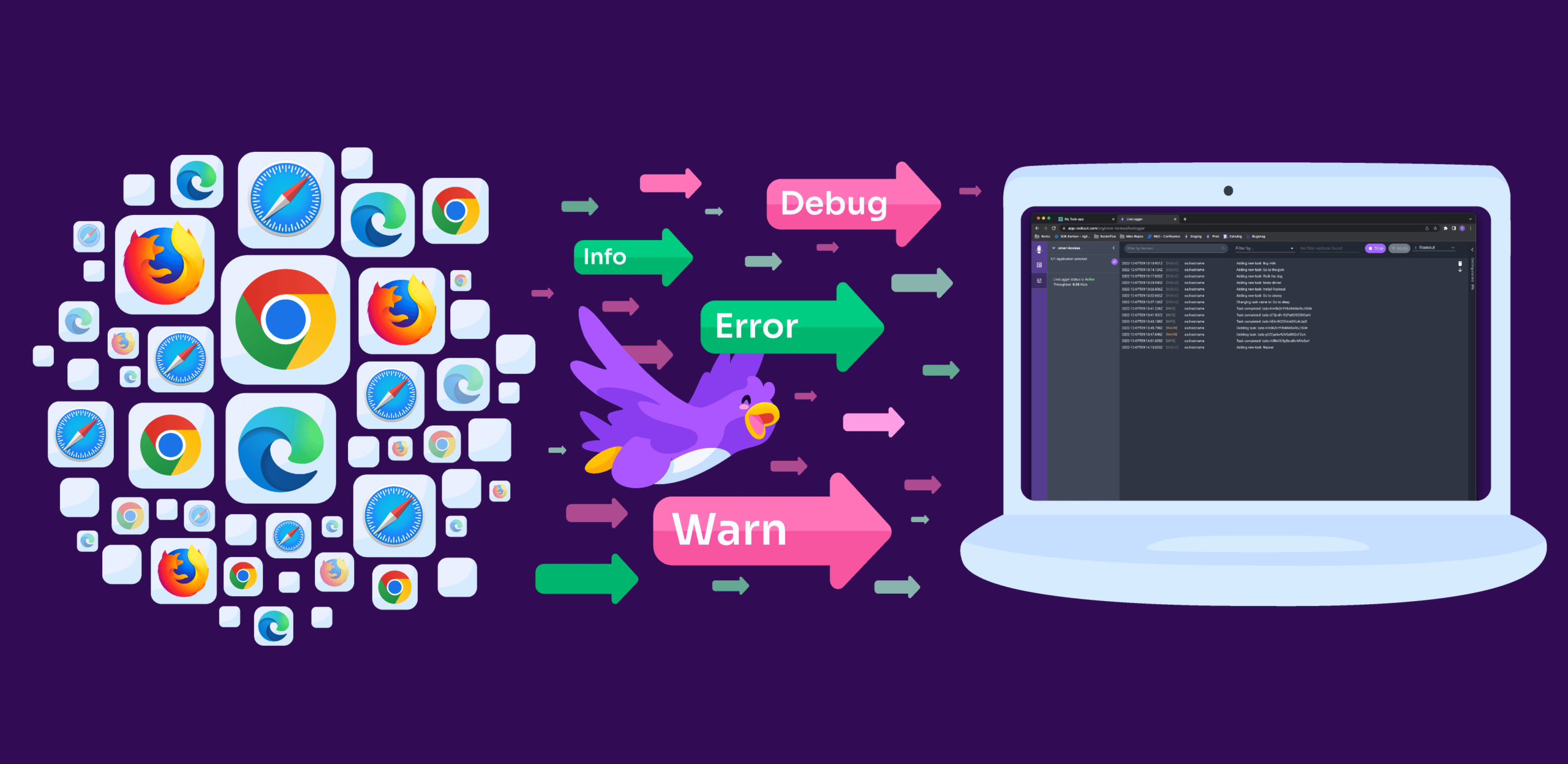
5 Basic Steps To Implement The Technology Acceptance Model Of Usefulness In Your Development Organization

As engineering leaders, we all struggle to find the balance between creating cool technology and useable technology. Let’s be real. We all want to create cool things. It’s in our nature. But what’s the point of doing so when no one will use it? It’s crucial to remember that the ultimate goal of our work is to create something helpful and effective. Our work has to have a purpose. And ultimately – if we’re being completely honest – it simply isn’t the right business move to create something that nobody finds to be so.
That’s where the concept of “usefulness” comes in. that was recently discussed with Sentry CTO, Ron Reiter, on the podcast, The Production-First Mindset. Ron spoke about the importance of usefulness in a production environment and how they implement it at Sentry. The more we spoke about it, the more I realized that this concept is one that truly resonates with our R&D team – and goals – here at Rookout.
What Is Usefulness?
As the name suggests, it’s creating a useful product. Taking it a step further and into developer terms, it refers to the idea that the goal of R&D organizations is to create something valuable and beneficial to the end users and customers. Additionally, it is one of the main dimensions contributing to a product’s usability.
Fred Davis’s Technology Acceptance Model speaks about this concept. Specifically, it focuses on perceived ease of use and perceived usefulness, specifically the usefulness of technology. It states that “…defined perceived usefulness as the…probability that the technology used will improve the individual or team’s performance from an organizational perspective. The operators’ personal opinion of whether employing a given technology would improve performance reflects perceived usefulness”.
However, ensuring you have a useful product isn’t enough if you’re not focused on keeping your production environment running smoothly and ensuring the quality and functionality of your product.
Bringing It To Production
As a company that’s built a product focused around empowering developers to work in their production environments, specifically when it comes to accessing code-level data from running code, it’s no surprise that this is a focal point for achieving usefulness. It’s important for a multitude of reasons.
For starters, implementing the concept of usefulness ensures that the final product is high quality. When you have visibility into production, you can ensure that your application or product is thoroughly tested, debugged, and optimized to meet the needs of your users. This reduces the risk of errors, crashes, and other issues that can negatively impact the user experience.
Another reason is that working in your production environments in real-time allows you to quickly identify and fix issues that arise in production. When you have a good understanding of how your application is behaving in the wild, you can quickly pinpoint and resolve problems that arise.
Last but not least, and possibly the most important point, is that by being able to work in production, you can ensure that your product is useful and valuable to its users. With production-level capabilities, you can make sure that your application or product aligns with the needs and goals of your customers and that it is delivering real value to the people using it.
Measuring Usefulness In Your Organization

Now, you might think, “that sounds obvious.” While yes, it does, I promise some concrete advice here: mainly on ensuring that you apply this concept to your R&D team and tech map for the future. Let’s dive in:
- Set metrics and understand your success criteria. This means defining what usefulness means for your current goals. As every system is different, consider in advance what it means for your system to be useful. Do your research so that you can look ahead to the future, but also plan for what you expect.
- Ease of use is critical. As the Technology Acceptance Model showed us, perceived ease of use is a key indicator as to how useful a user will perceive the technology to be. The more difficult a product is to use, the less likely it is for it to be easily adopted – or considered as a necessary – and helpful – tool.
- Involve your customers or users in the development process. Gathering feedback early and often can help ensure that the final product aligns with their needs and goals. Additionally, regularly assessing the performance and usage of your application in production can provide valuable insights into areas for improvement.
- Maintain control in production. This means clearly defining roles and responsibilities, as well as providing the necessary tools and resources for your team to succeed (such as investing in the necessary debugging and observability solutions to allow your developers to quickly identify and fix issues in production without impacting performance).
- Rinse, wash, repeat. Make sure that this isn’t a one-time effort but rather a continuous process. Users’ needs and preferences constantly change, and your product should be keeping up with those changes. By staying in tune with your customers and making regular adjustments, you can ensure that your product remains relevant and useful over time.
Give It A Go
By focusing on usefulness and implementing effective development management strategies, we can ensure that our work not only meets technical requirements but also delivers value to our users and customers. At Rookout, we believe that being able to work in production is essential to delivering a high-quality – and useful! – debugging product. We strive to empower dev teams to achieve this through our Developer-First Observability offerings.





